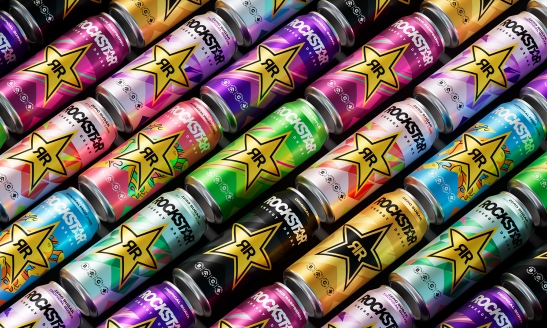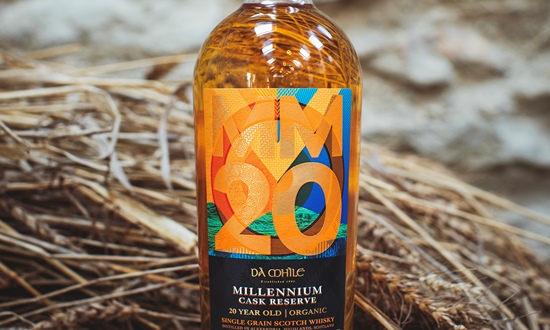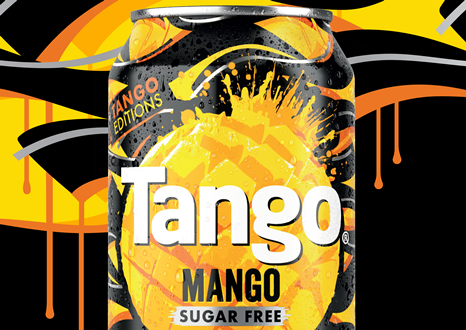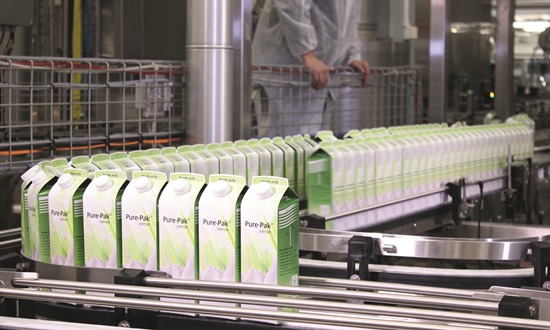Brands respond to inflation with their own best tactics to survive, including shrinking the package or the amount of product inside. But consumers see through their tricks. Or do they?
The leader of the free world condemned the deceptive practice of “shrinkflation” in an Instagram post during Super Bowl LVIII.
What is shrinkflation? It’s when “brands might avoid raising prices by downsizing the packaging or reducing the amount of product in the current package,” explains Charles Haverfield, Packaging Executive for US Packaging and Wrapping.
In his Instagram video, President Biden says, “I’ve had enough of what they call shrinkflation. It’s a rip off. Some companies are trying to pull a fast one by shrinking the products little by little and hoping you won’t notice. Give me a break.”
He calls on companies to stop this and “Do the right thing, now.”
As a consumer, I feel the pinch of higher prices at the grocery store. It seems like every week I’m getting less for more dollars when I shop.
But I understand the market pressures behind shrinkflation.
I think most consumers realize that brands are seeing their raw material prices going up. What they dislike is the deception of trying to hide the product/packaging change. They often notice it right away anyway, don’t they?
Well, not always. In many cases, companies use shrinkflation because it works — it helps them compete; it helps them survive.
Many companies, food manufacturers in particular, work on incredibly tight profit margins. When ingredient prices go up but they can’t pass that increase on, they need to get creative.
Related:Shrinkflation Packaging Examples: 13 from September
A lot of times, they come to you in packaging for help. What can we do to absorb our higher prices? Can we shrink the package a bit? Can we reduce the product fill? Can we improve our packaging line output so we can sell more volume? A little here and a little there could add up to quite a lot.
What to do, what to do?
We’re hearing more about shrinkflation these days because more sources are calling out the changes online, on social media. Like the president!
In his Instagram video, President Biden points to an example of shrinkflation that’s personal to him: “As an ice cream lover, what makes me the most angry is that ice cream cartons have actually shrunk in size, but not in price.”
While I’m pretty sure the President can afford whatever ice cream he wants, I get his frustration. But ice cream packaging started to shrink decades ago. The last major downshift in package size for ice cream happened about 15 years ago, according to MousePrint.org. Granted, smaller changes are still happening, like Turkey Hill dropping from 1.5 to 1.44 quarts last year.
When it comes to the (agreeably deceptive) practice of shrinkflation, companies should probably stop. Will they? Not a chance if it helps sell products — and if their competitors do it.
Related:Package Shrinkflation: What It Is, Why It’s Used, and How to Spot It
This reminds me of an earlier packaging conundrum. Remember when laundry detergent wasn’t concentrated? Walmart president and CEO at the time, Lee Scott, transformed the entire category in 2008 by selling only concentrated products and forcing all competitors to change at the same time.
Sustainability drove this change and it was a good idea and needed to be done, in my opinion. But brands were reluctant to do this on their own because their higher-priced concentrated product was on the store shelf next to a non-concentrated competitor’s product at a lower price in the same size bottle. Consumers didn’t take the time in the store to do the math and overwhelmingly picked the cheaper brand. The visual was too compelling. Two bottles side by side, one much higher priced. Easy snap decision. Bam.
In the case of laundry detergent, Walmart leveled the packaging playing field so consumers could make a better-informed buying decision. But this is an extreme example.
No one is stepping up to whip ice cream makers into similar or identical packaging sizes. And no one should, in my opinion. Packaging innovation is key to product marketing and companies shouldn’t be handcuffed by being required to follow a format.
Related:Planters Nuts Packaging: More Peanut-Like, Less Plastic
So what can brands do when asked to shrink the package or the product amount?
Whenever making a packaging change, take an opportunity to improve it somehow. If you add value to the product, like better dispensing, you are better able to pass along a product price increase.
Also, aren’t we trying to reduce packaging anyway for sustainability reasons? Maybe you could explain the sustainability benefits of your change?
What do you think?
How do you feel about shrinkflation? Packaging folks are the ones making it happen. Take this short poll to share your opinion and see what others say:
https://www.packagingdigest.com/packaging-design/president-biden-blasts-packaging-shrinkflation







